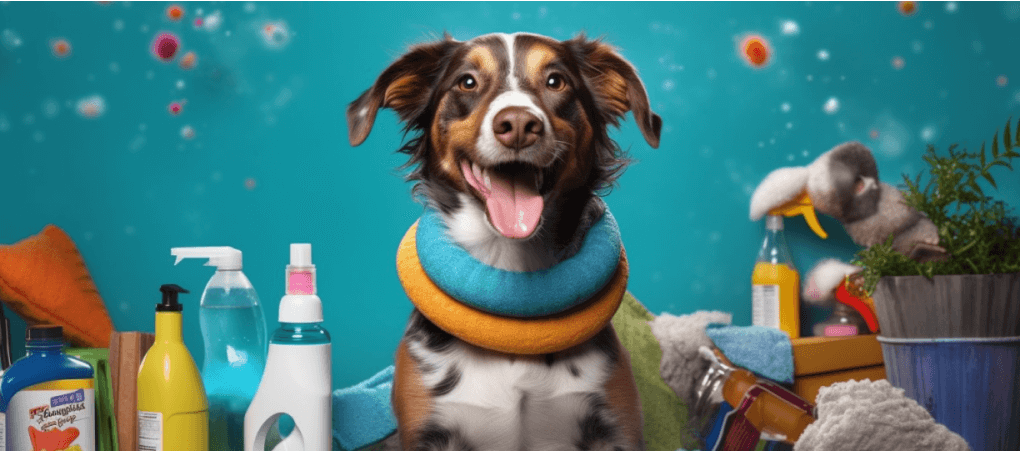Are you ready to embark on a lifelong journey with an amazing companion? Raising a service dog is no easy feat, so you must go in prepared. Lucky […]
How to Safely Clean Your Pet’s Stuff: A Guide to Pet-Friendly Cleaning Products
If you have a pet, you know keeping their things clean is essential. This blog will discuss the best ways to clean your pet’s items and share some […]



